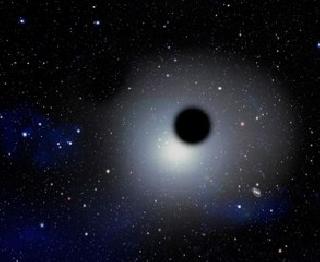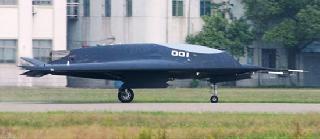
WASHINGTON (PTI): NASA's Chandra X-ray Observatory has found compelling evidence that the supermassive black hole at the centre of the Milky Way is producing a jet of high-energy particles.
Previous studies, using a variety of telescopes, suggested there was a jet, but these reports - including the orientation of the suspected jets - often contradicted each other and were not considered definitive.
However, new results from NASA's Chandra X-ray Observatory and the National Science Foundation's Very Large Array (VLA) radio telescope have uncovered the presence of a jet of high-energy particles blasting out of the Milky Way's supermassive black hole, Sagittarius A* (Sgr A*).
"For decades astronomers have looked for a jet associated with the Milky Way's black hole. Our new observations make the strongest case yet for such a jet," said Zhiyuan Li of Nanjing University in China, lead author of a study.
Jets of high-energy particles are found throughout the universe, on large and small scales. They are produced by young stars and by black holes a thousand times larger than the Milky Way's black hole.
They play important roles in transporting energy away from the central object and, on a galactic scale, in regulating the rate of formation of new stars.
"We were very eager to find a jet from Sgr A* because it tells us the direction of the black hole's spin axis. This gives us important clues about the growth history of the black hole," said Mark Morris of the University of California at Los Angeles, a co-author of the study.
The study shows the spin axis of Sgr A* is pointing in one direction, parallel to the rotation axis of the Milky Way, which indicates to astronomers that gas and dust have migrated steadily into Sgr A* over the past 10 billion years.
If the Milky Way had collided with large galaxies in the recent past and their central black holes had merged with Sgr A*, the jet could point in any direction.
The jet appears to be running into gas near Sgr A*, producing X-rays detected by Chandra and radio emission observed by the VLA.
The two key pieces of evidence for the jet are a straight line of X-ray emitting gas that points toward Sgr A* and a shock front - similar to a sonic boom - seen in radio data, where the jet appears to be striking the gas.
Additionally, the energy signature, or spectrum, in X-rays of Sgr A* resembles that of jets coming from supermassive black holes in other galaxies.
Scientists think jets are produced when some material falling toward the black hole is redirected outward. Since Sgr A* is presently known to be consuming very little material, it is not surprising that the jet appears weak.
The study was published in The Astrophysical Journal.
 Previous Article
Previous Article Next Article
Next Article













The Indian Air Force, in its flight trials evaluation report submitted before the Defence Ministry l..
view articleAn insight into the Medium Multi-Role Combat Aircraft competition...
view articleSky enthusiasts can now spot the International Space Station (ISS) commanded by Indian-American astr..
view article